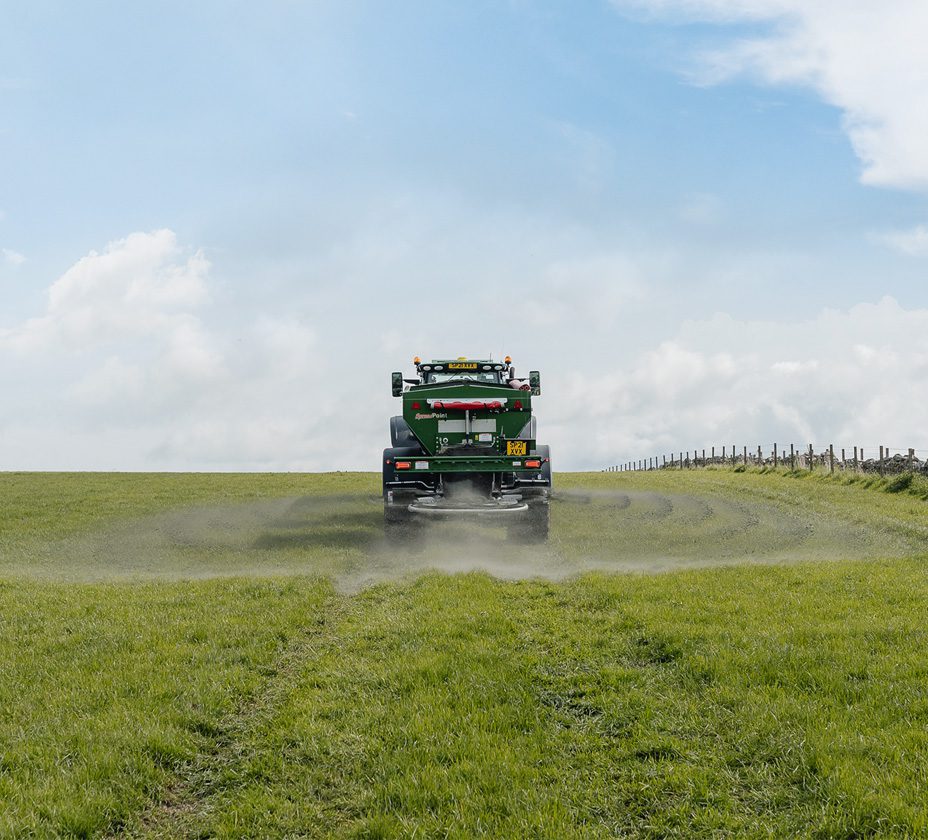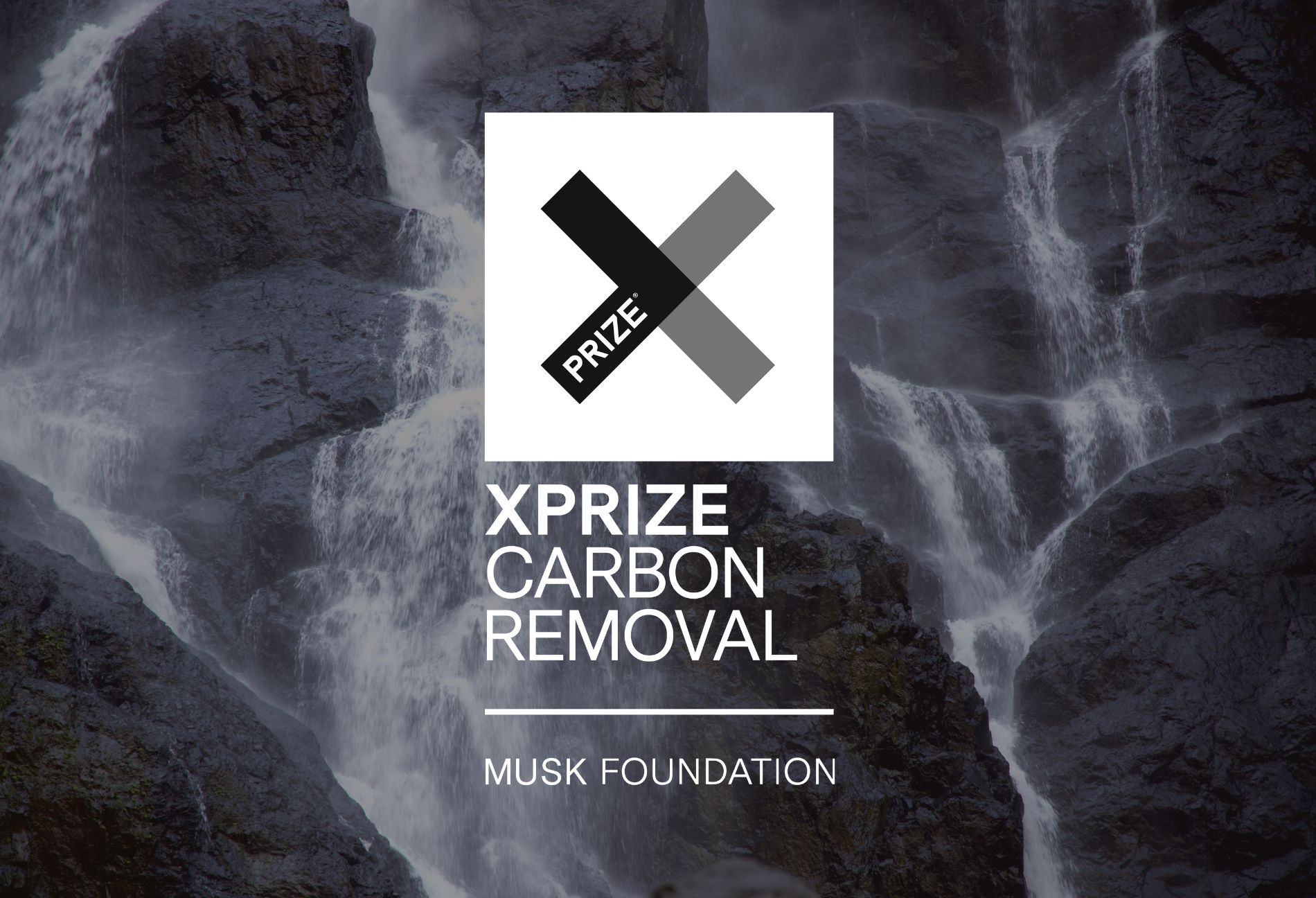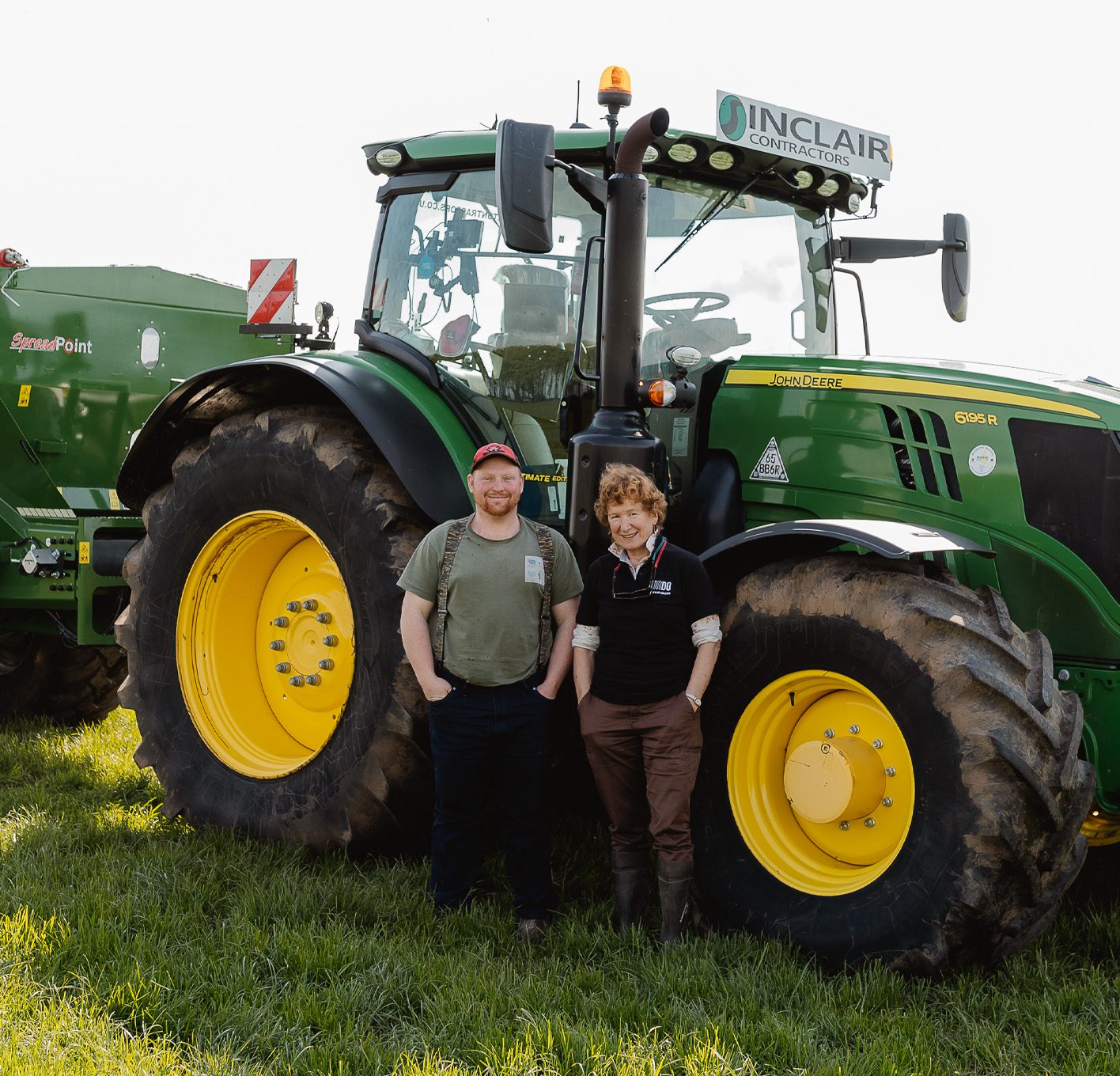As the world confronts the urgent challenge of climate change, the $100 million XPRIZE Carbon Removal is motivating global efforts to develop scalable and sustainable solutions to drastically reduce atmospheric CO₂ levels. This competition, distinguished as the largest incentive prize in history, not only encourages the development of groundbreaking technologies but also marks a significant step toward mitigating climate impacts.
We at UNDO are proud to announce our selection as one of the top 20 finalists. Reaching this stage recognises our commitment to advancing carbon dioxide removal through enhanced rock weathering.
UNDO’s Path to Scaling Carbon Removal
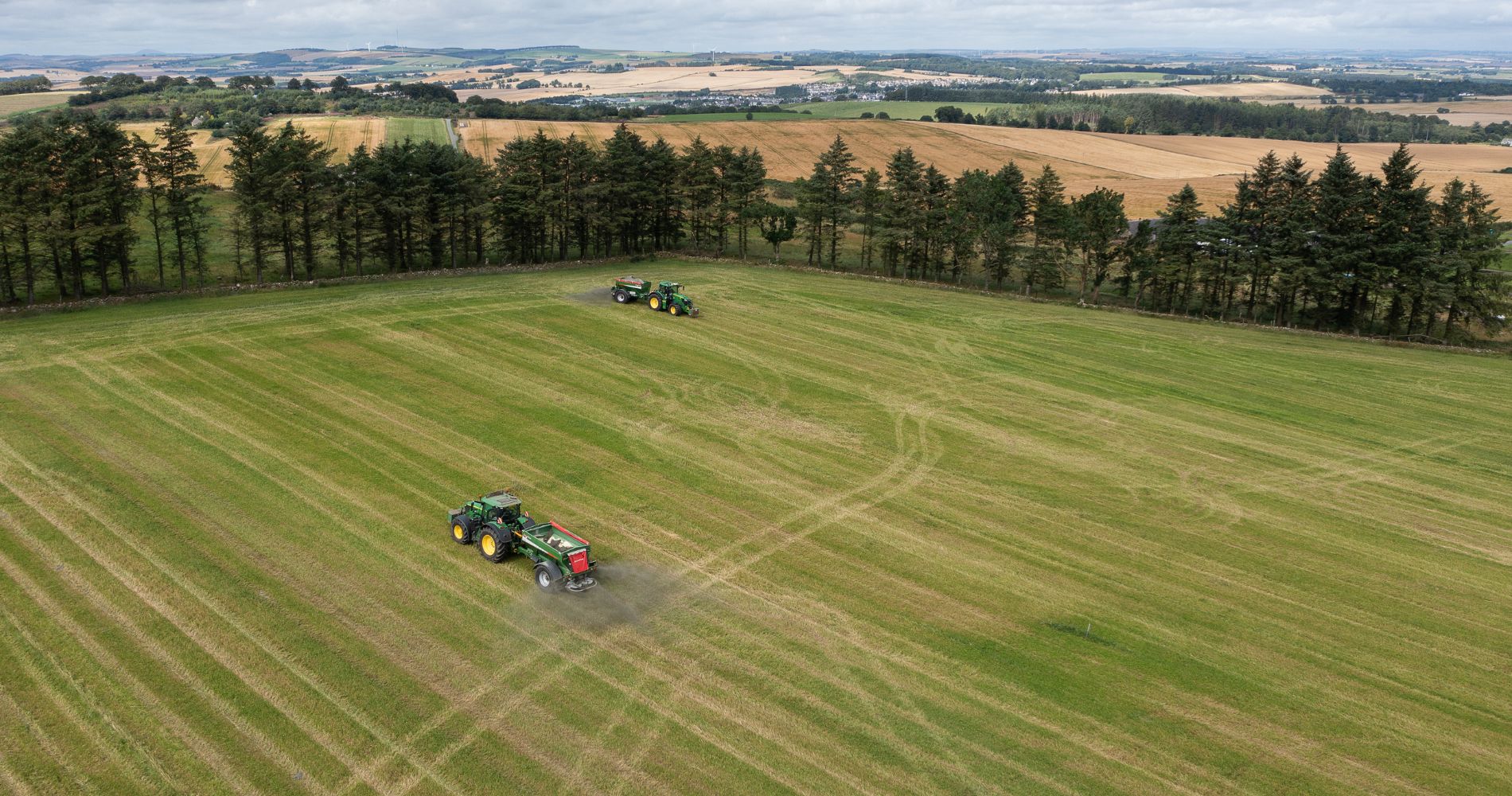
Over 1,000 applications were submitted for the XPRIZE Carbon Removal. Being named among the top 20 finalists represents the culmination of all our progress made over the past 2 years at UNDO. Our solution, enhanced rock weathering (ERW), harnesses the natural process of weathering to remove carbon dioxide from the atmosphere. By spreading finely crushed, mineral-rich silicate rocks such as basalt and wollastonite across agricultural lands, we increase the reactive surface area for naturally occurring chemical reactions. These reactions happen when our crushed rock encounters atmospheric CO₂ that comes down as rainfall. This process not only sequesters carbon in a stable and permanent form but also delivers essential nutrients to the soil, enhancing crop yields and soil health.
How the XPRIZE Carbon Removal Elevates Our Mission
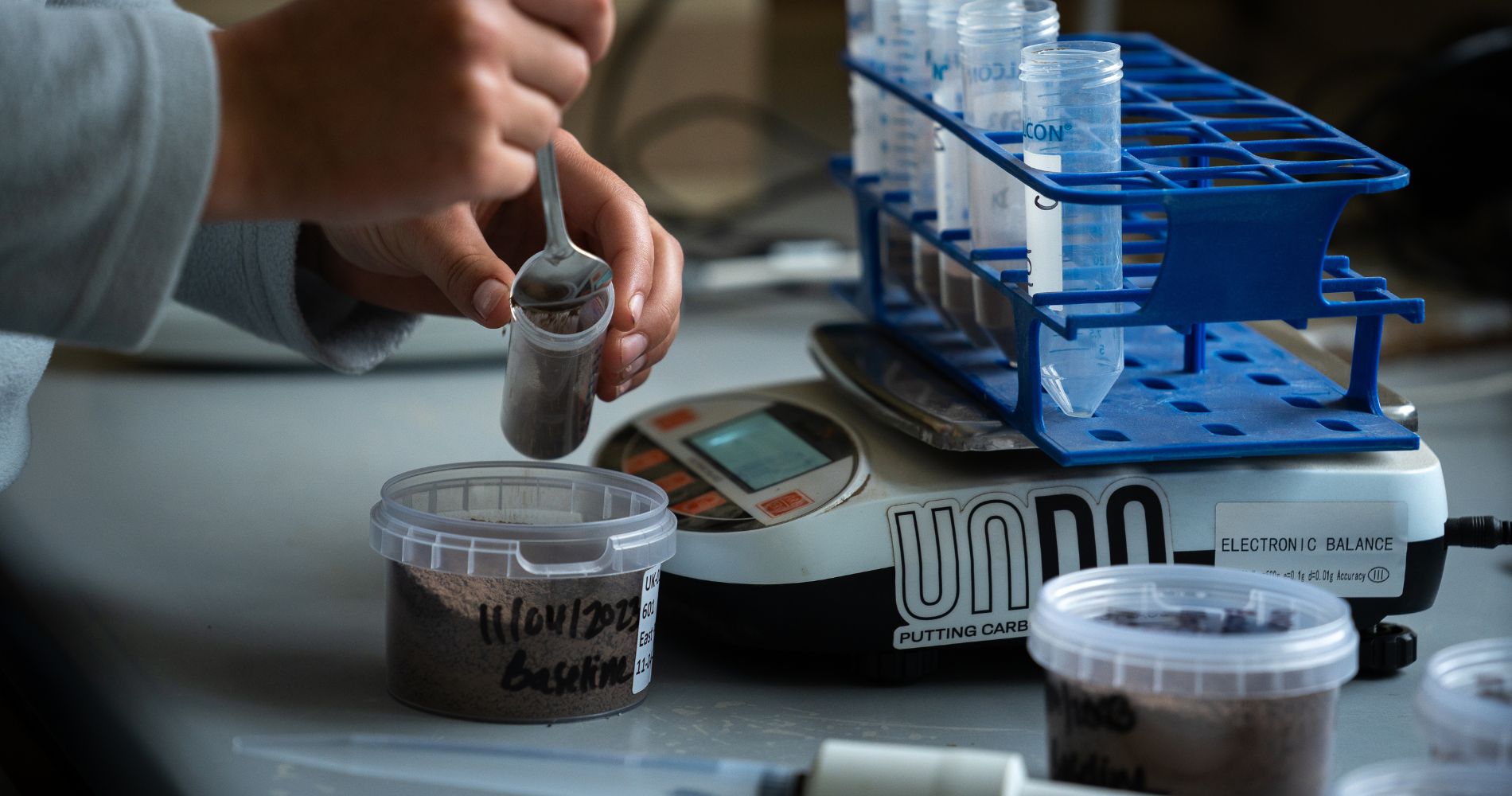
Being named a finalist in this prestigious competition opens up significant opportunities for UNDO. It positions us to attract catalytic funding, which in turn amplifies our ability to reduce global carbon levels. Such financing also accelerates our research and development, moving us from relying primarily on physical measurements to more sophisticated, model-based approaches. This scientific shift is vital as it will allow for optimised resource allocation and more precise impact assessments of our technology. Ultimately, this will significantly reduce the cost of carbon removal, making our solution more accessible and widespread on the voluntary carbon market.
“As the climate crisis intensifies, there is a real urgency to act quickly and collectively to protect our planet for future generations. The XPRIZE Carbon Removal represents an incredible opportunity to harness the global potential of enhanced rock weathering through catalytic investment. It’s an honour to be among such elite companies in the carbon dioxide removal space, and we look forward to showcasing our solution.”
Meet the XPRIZE Carbon Removal Finalists
The XPRIZE Carbon Removal has gathered an exceptional array of finalists, each contributing unique approaches to solving one of humanity’s most pressing issues – climate change. These 19 teams alongside UNDO showcase the diversity and creativity flourishing in the field of carbon removal.
Air, Direct Air Capture (DAC)
Airhive – Specialises in rapid CO₂ removal using a low-cost, metal oxide-based sorbent in Canada.
Heirloom – Utilises direct air capture technology to transform atmospheric CO₂ into limestone, scaling up to remove CO₂ on a billion-tonne scale in the U.S.
Octavia Carbon – Focuses on modular direct air capture machines in Kenya, tailored for the needs of the Global South.
Project Hajar (44.01 & Air Capture) – Combines DAC technology with innovative CO₂ mineralisation in Oman.
Skyrenu – Integrates DAC with rock carbonation processes in Canada to treat and transform asbestos mine tailings.
Rocks
Arca – Activates magnesium silicate minerals to transform ultramafic mine waste into a carbon sink in Australia.
Lithos – Applies enhanced rock weathering in U.S. agriculture to improve soil health and permanently remove atmospheric CO₂.
Mati – Uses basalt-based enhanced rock weathering in India’s rice paddy farms, focusing on soil restoration and CO₂ removal.
Silicate – Turns surplus concrete into a tool for atmospheric CO₂ removal in Ireland through accelerated mineral weathering.
Yuanchu – Develops direct air mineralisation technology in China to convert CO₂ into stable mineral forms affordably.
Land
Climate Robotics – Converts crop residues into biochar in the U.S., enhancing soil while sequestering carbon.
MASH Makes – Uses pyrolysis and gasification in India to create energy and biochar from agricultural waste.
Net Zero – Scales up biochar production using tropical crop residues in Brazil.
Takachar – Leverages local crop residues to produce biochar-based fertilisers in Kenya.
Vaulted Deep – Implements slurry sequestration of organic wastes for long-term carbon storage in the U.S.
Oceans
Captura – Provides scalable, low-cost direct ocean capture of CO₂ in the U.S. using renewable energy and seawater.
Ebb – Enhances ocean alkalinity to safely store CO₂ and reduce ocean acidity in the U.S.
Kelp Blue – Cultivates giant kelp for carbon sequestration and produces sustainable products in Namibia.
Planetary – Develops ocean alkalinity enhancement projects to enhance natural carbon removal globally.
The Impact of Carbon Removal Technologies
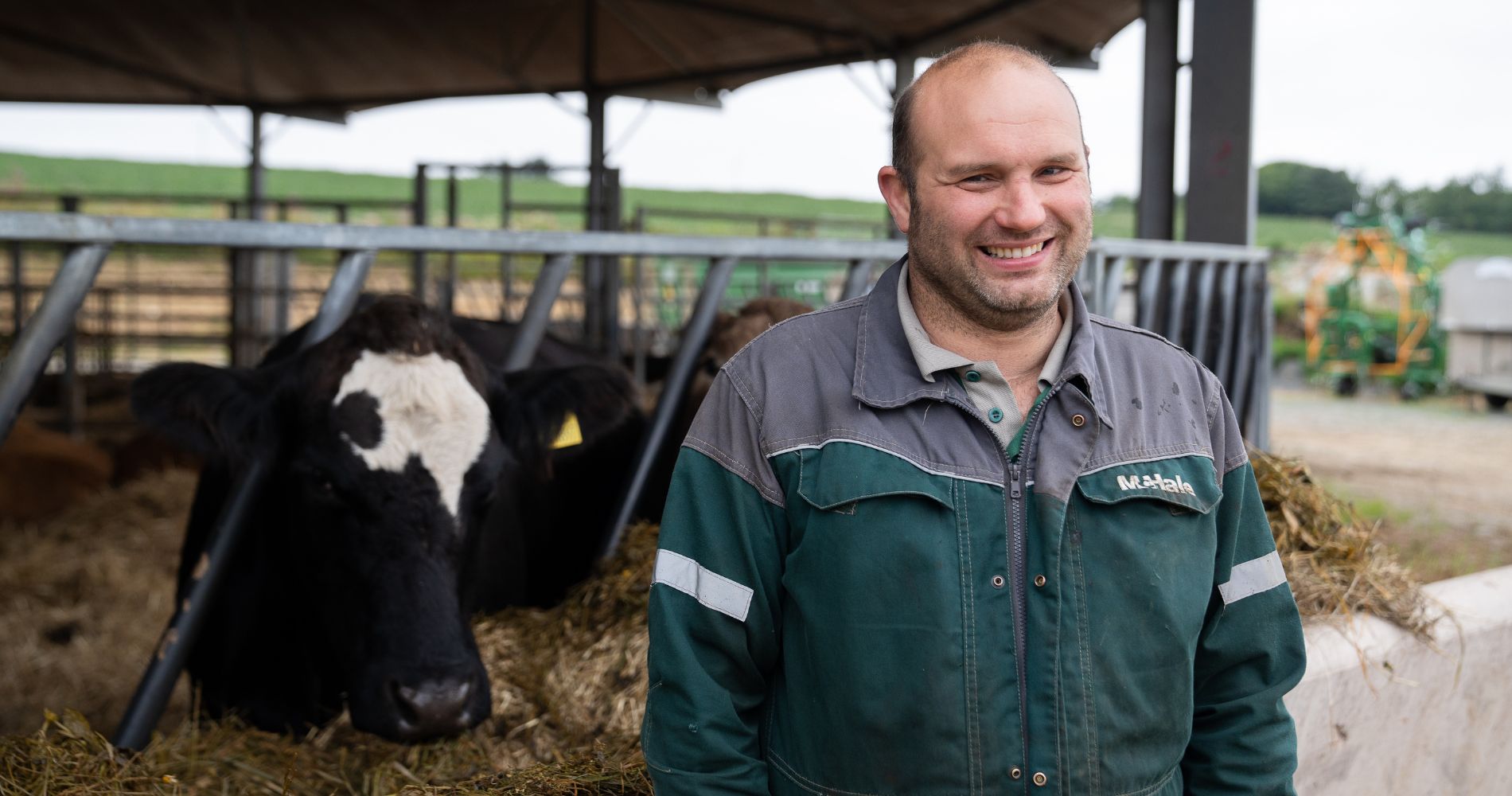
Carbon removal technologies are pivotal for combating climate change. Simultaneously, they enhance environmental sustainability, boost agricultural productivity and foster socioeconomic development. These diverse technologies are substantially benefitting local communities. They are creating green jobs, particularly in regions transitioning from traditional industries and introducing sustainable agricultural practices that can lead to increased food security and economic stability.
Direct air capture, for instance, directly extracts CO₂ from the atmosphere, offering a versatile solution that does not depend on specific landscapes. Ocean-based methods enhance the seas’ natural ability to absorb carbon, helping to mitigate ocean acidification. Techniques like biochar incorporate carbon into the soil, improving fertility and supporting healthier crop growth.
Enhanced rock weathering (ERW) involves spreading silicate rocks on farmland to capture atmospheric CO₂ through mineral reactions. Highlighted in the IPCC 2022 Mitigation of Climate Change report, ERW is noted for its potential to remove up to 4 billion tonnes of CO₂ annually, contributing significantly to global reduction targets.
Carbon removal technologies form an essential part of the strategy to address global warming and can deliver extensive ecological, economic, and social benefits across the globe.
“For the world to effectively address greenhouse gas emissions, carbon removal is an essential element of the path to Net Zero. There’s no way to reverse humanity’s impact on the climate without extracting carbon from our atmosphere and oceans. The teams that have been competing for this Prize are all part of building a set of robust and effective solutions, and our 20 teams advancing to the final stage of XPRIZE Carbon Removal will have an opportunity to demonstrate their potential to have a significant impact on the climate.”
UNDO’s Role in Shaping Global Climate Solutions
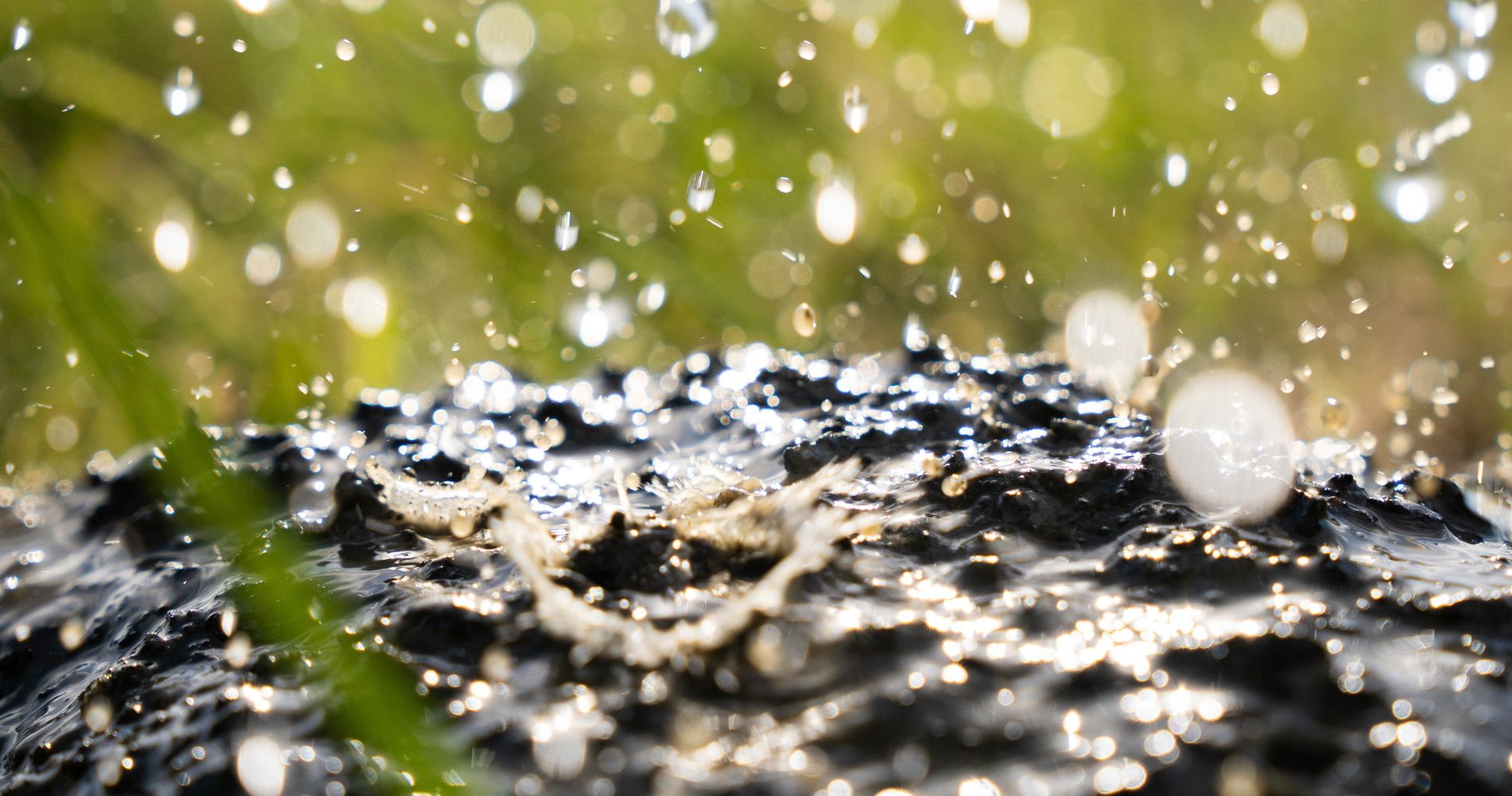
As we reflect on UNDO’s inclusion among the top 20 finalists for the XPRIZE Carbon Removal, our excitement is matched only by our sense of responsibility. This recognition is not just an honour; it is a testament to the potential and effectiveness of our approach to carbon dioxide removal.
The possibility of winning this competition represents an opportunity to scale up our operations and increase the global adoption of our carbon removal solution. By implementing enhanced rock weathering on a larger scale, we can significantly expand UNDO’s impact — reducing atmospheric CO₂, revitalising soil health globally, and contributing to a sustainable and prosperous future for communities around the world.

Ready to meet your net zero goals?
To learn more about enhanced rock weathering and how it can help your organisation achieve its net zero targets, connect with our team today.
